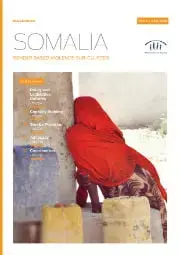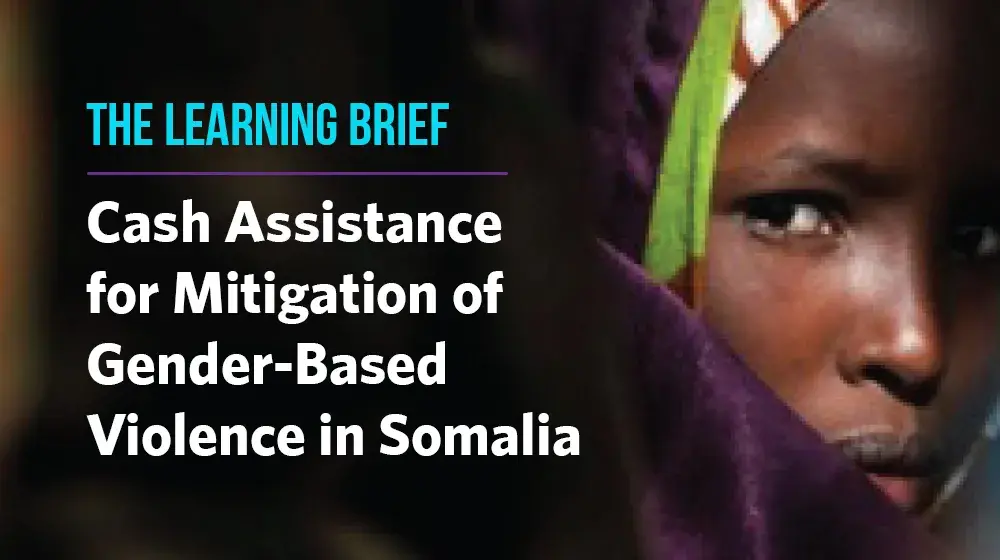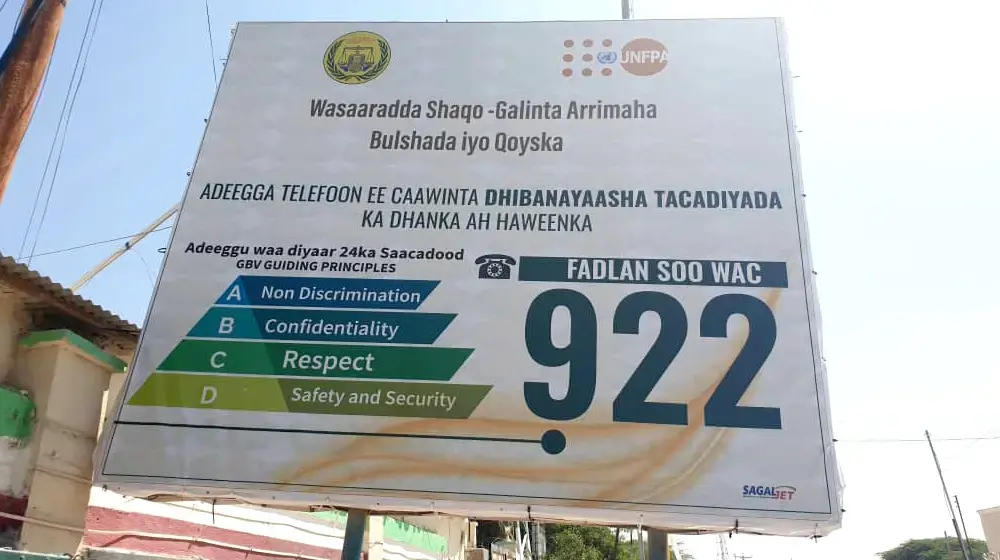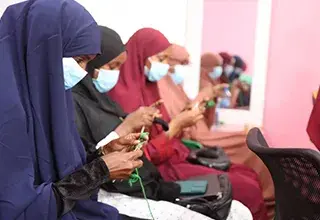Since 2014, there have been increased Gender Based Violence (GBV) needs, emerging from the military offensives, forced evictions, drought, clan conflict, the Yemen crisis and the El Niño phenomenon which led to displacements in Somalia. This has kept GBV at a consistent key protection concern around the country. GBV predominantly affects the Internally Displaced Persons (IDPs) women and girls.
This challenging environment drastically limits national protection and support for survivours of GBV and their families. The violations are noted to be aggravated as a consequence of weak rule of law, limited access to legal redress social stigma, lack of confidence in a fair trial and fear of reprisals as perpetrators often enjoy clan protection. Limited public education on human rights issues has also been noted to be a key barrier to ending GBV.
For the 2016 reporting period, 99 percent of the survivors recorded by the GBVIMS were female, while 76 percent of the survivors came from the IDP community. Out of all cases, physical assault is the most reported form of GBV at 52.5 percent followed by rape at 16.8% percent, sexual assault is reported to be at 13.9 percent, denial of resources opportunities and services is at 6.9 percent, psychological abuse is at 6.7 percent while forced marriage is at 3.3 percent. The trend of the incidences report is suggesting that the number of the GBV incidences increased by 16 percent in 2015 and 88 percent in 2016 during the first quarter compared to the same period in 2014.
There was a reduction of GBV incidents reported by 21 percent compared to the first quarter which showed a reduction of 8.3 percent and the second quarter in 2015. The decrease could be attributed to the improved coordinated community education, mobilisation, access and utilisation of the available comprehensive GBV services/facilities in the urban areas of the country.
The implementation of the 2014 to 2016 GBV Working Group strategy has greatly contributed to the improvement of services, including incident reporting and better harmonised interventions. This could also be attributed to the reduction seen in this reporting





